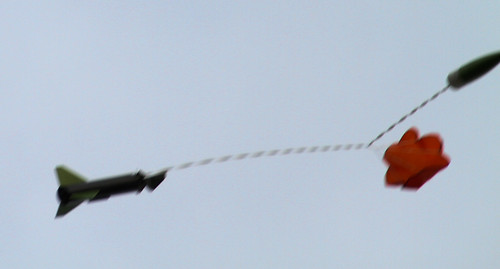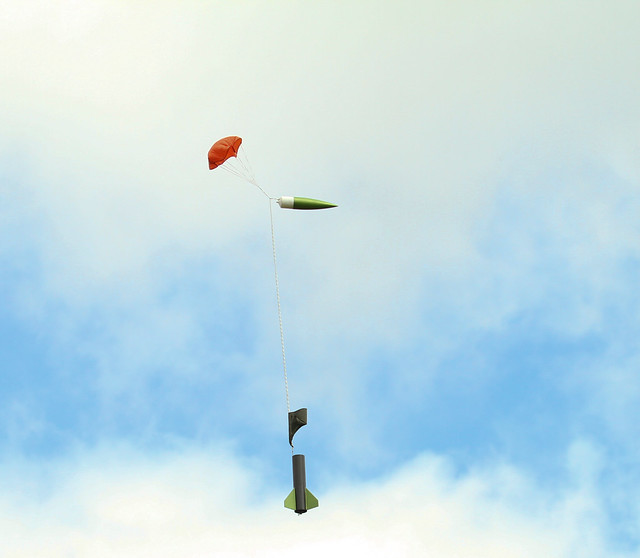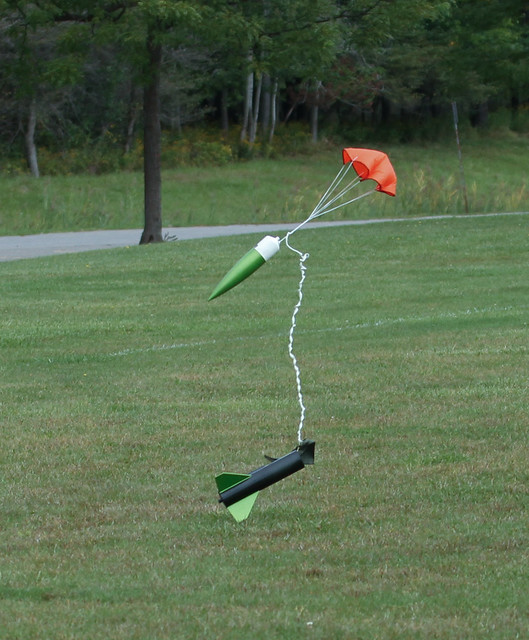blackwing1
Member
- Joined
- Aug 10, 2011
- Messages
- 12
- Reaction score
- 0
Hi all,
I bought a parachute that came with the cords attached. However, this meant that the cords were also in a loop, meaning that I couldn't attach it directly to the eyescrew that is on my rocket.
Would it be possible (or wise) to use a sturdy keychain circle or two to attach the cords to the eyescrew, or should I just cut the loops that the cords form and tie it directly to the screw? It's a 15 inch parachute with about 0.4kg of mass that it has to support.
Thanks.
I bought a parachute that came with the cords attached. However, this meant that the cords were also in a loop, meaning that I couldn't attach it directly to the eyescrew that is on my rocket.
Would it be possible (or wise) to use a sturdy keychain circle or two to attach the cords to the eyescrew, or should I just cut the loops that the cords form and tie it directly to the screw? It's a 15 inch parachute with about 0.4kg of mass that it has to support.
Thanks.







